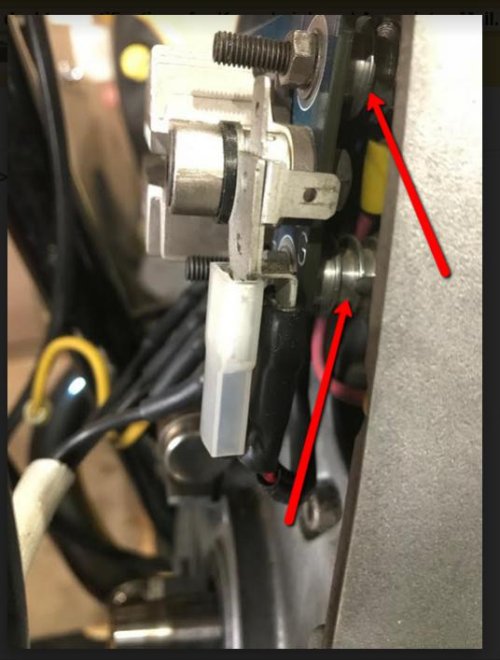RPGR90s
Member
I'm replacing the timing chain cover on my 1974 R90s. The used one I picked up doesn't allow the rubber diode board mounts to be installed to hold the board.
Instead, the mounting points are raised, tapped threads, and part of the casting.
My original timing chain cover is from a very early R90s (build date 10/73), and I don't anticipate any issues as the diode board would just be mounted on the raised areas with bolts, without the rubber mounts.
Of course, with the rubber mounts, there are two ground straps that I think I can omit also. (the ground straps run from the two top diode board bolts to the timing cover).
I just wanted to check the experts here for any gotcha's.
Thanks,
RPGR90s
Instead, the mounting points are raised, tapped threads, and part of the casting.
My original timing chain cover is from a very early R90s (build date 10/73), and I don't anticipate any issues as the diode board would just be mounted on the raised areas with bolts, without the rubber mounts.
Of course, with the rubber mounts, there are two ground straps that I think I can omit also. (the ground straps run from the two top diode board bolts to the timing cover).
I just wanted to check the experts here for any gotcha's.
Thanks,
RPGR90s


